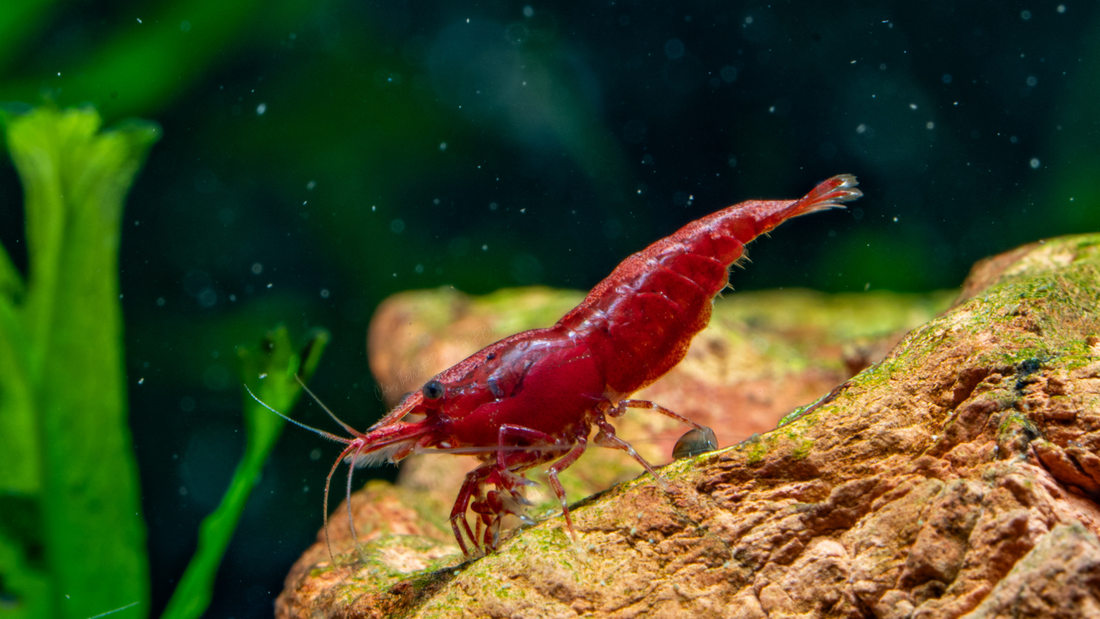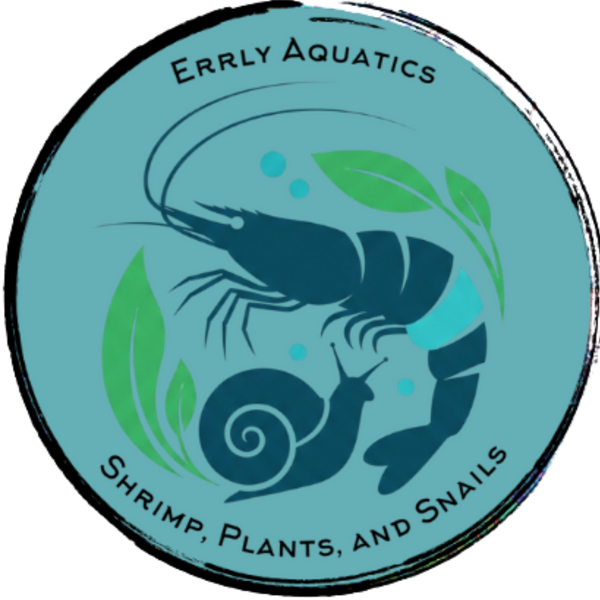
New to Shrimp Keeping? Start with Hardy Neocaridina!
Share
Posted by Errly Aquatics —

Are you thinking about adding freshwater shrimp to your aquarium for the first time? 🦐 Shrimp keeping is rewarding, peaceful, and surprisingly simple when you start with the right species. For beginners, one group stands above the rest: Neocaridina shrimp.
Why Choose Neocaridina?
Neocaridina (often called “Neo shrimp”) are ideal for newcomers because they are:
- Hardy — tolerate a wide range of water parameters.
- Colorful — available in varieties like Red Cherry, Blue Dream, and Orange Sunkist.
- Active & fun — constantly grazing and exploring the tank.
- Peaceful — good tankmates with snails and small, non-aggressive fish.
- Easy to breed — they often reproduce in stable conditions, giving new keepers a rewarding experience.
Basic Care Requirements
The fundamentals are simple and beginner-friendly:
| Tank Size | 5 gallons or larger |
| Temperature | 72–80°F |
| pH | 7.0–8.0 |
| Filtration | Sponge filter or gentle flow |
| Food | Shrimp pellets, blanched veggies, biofilm |
| Hiding Places | Moss, driftwood, plants, caves |
Pro Tip: Shrimp thrive on stable water, consistency matters more than chasing “perfect” numbers.
Beginner-Friendly Neocaridina Color Lines
If you're choosing your first shrimp, these lines are great places to start:
- Red Cherry Shrimp — the classic starter shrimp, hardy and easy to source.
- Blue Dream Shrimp — striking blue color that looks fantastic in planted tanks.
- Orange Sunkist Shrimp — bright, eye-catching, and great contrast with green plants.
Quick Setup Checklist
- Cycle your tank fully before adding shrimp (or use a proven established biofilter).
- Set up gentle filtration (sponge filter recommended).
- Add live plants and moss for grazing and hiding.
- Acclimate shrimp slowly to your tank’s water.
- Feed sparingly — a little goes a long way.
Want Help Picking Your First Shrimp?
We raise healthy, home-bred Neocaridina here at Errly Aquatics and love helping new keepers start right. Browse our current starter colonies or reach out with questions about your setup.
